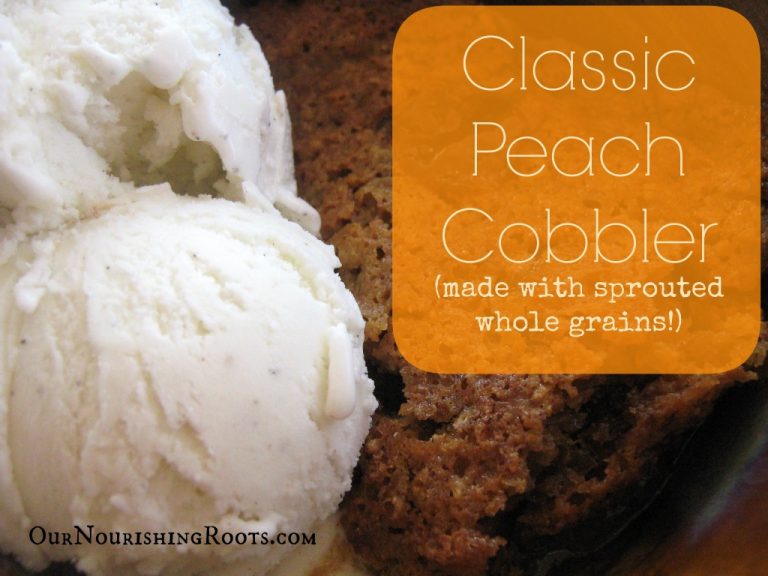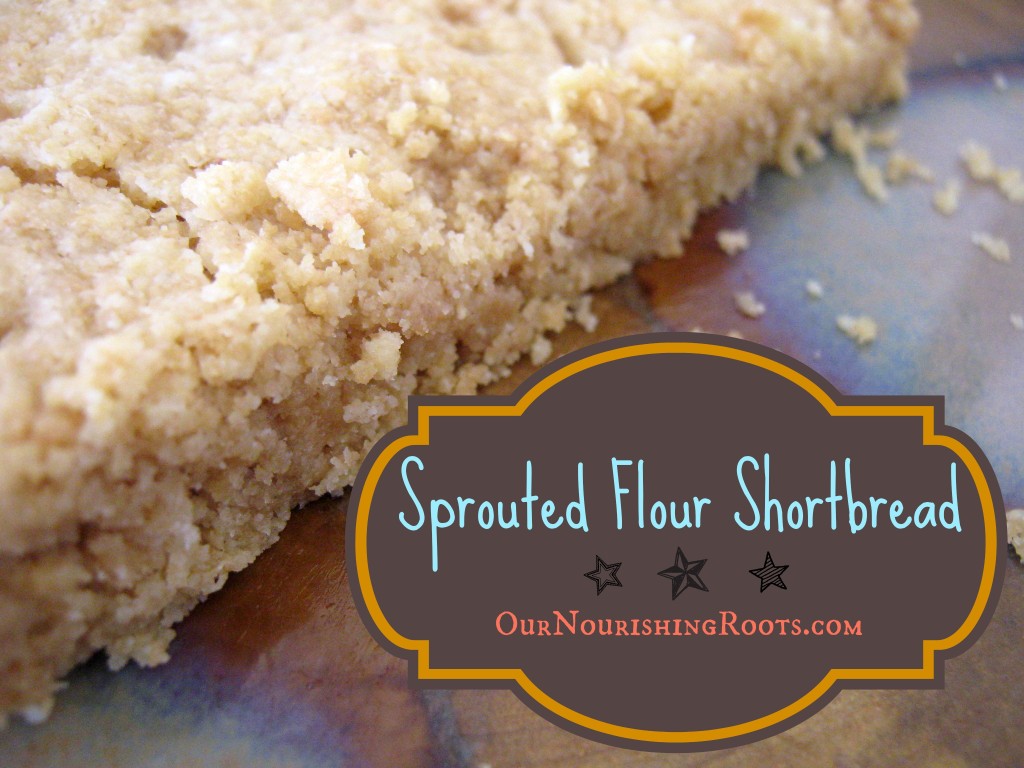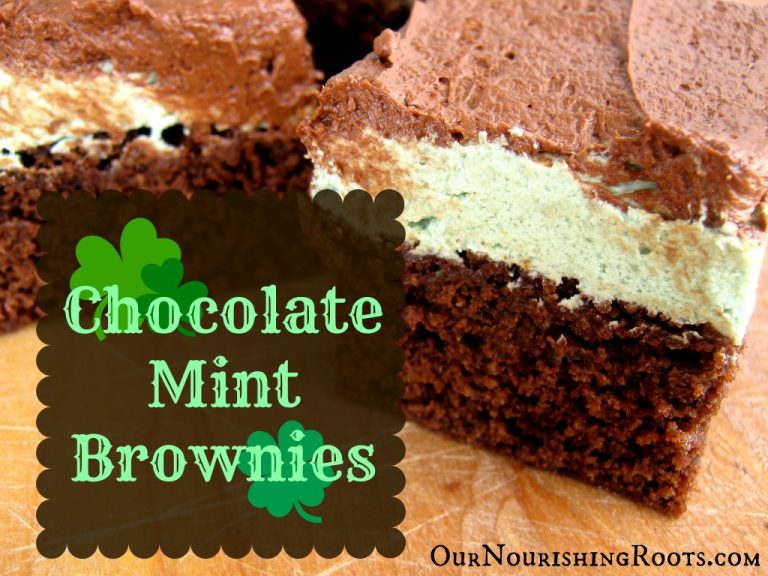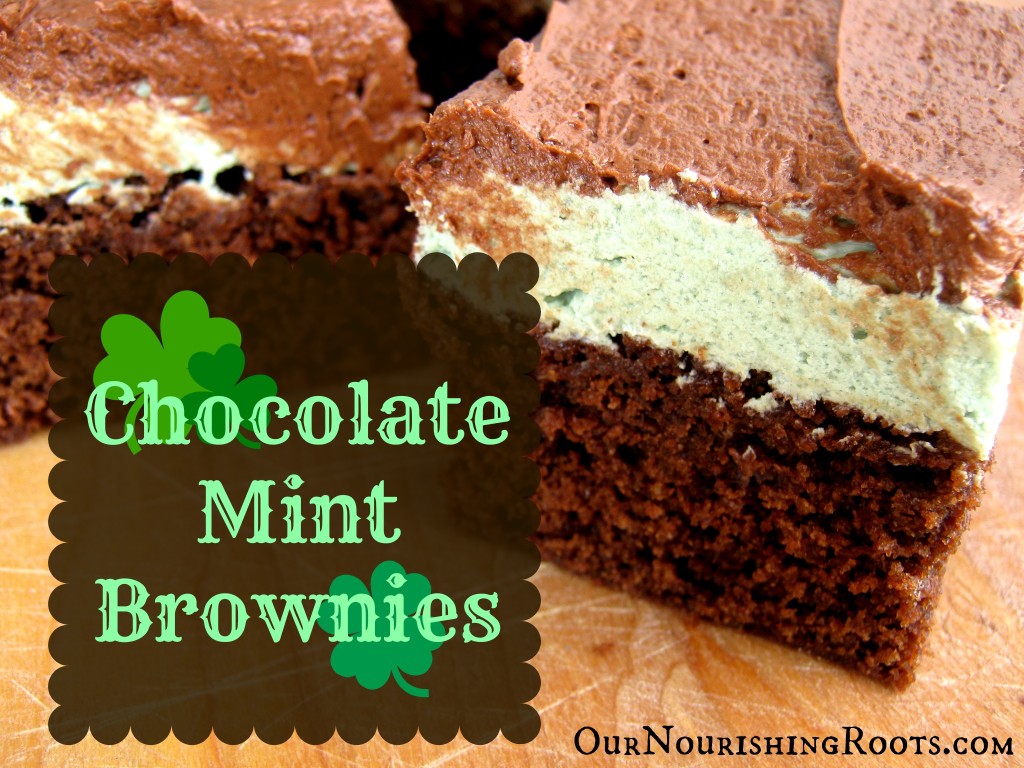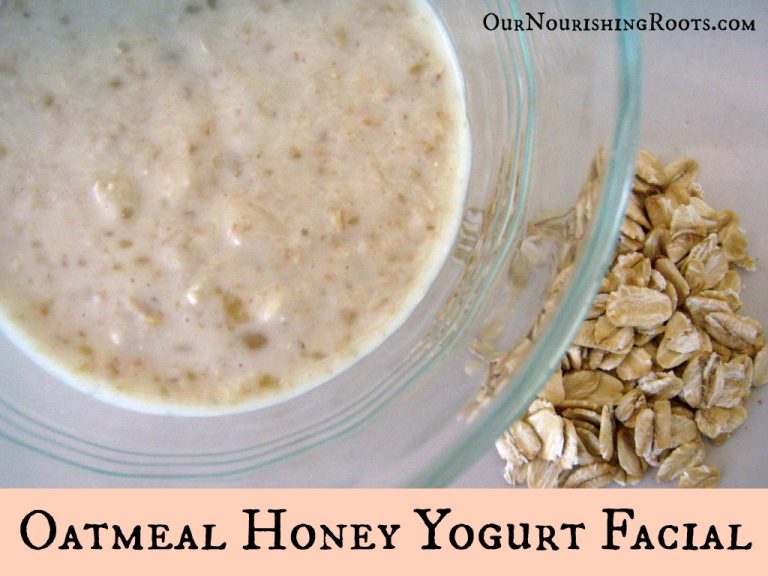Ghee is an Indian version of clarified butter. It’s not very often used here in the States but ever since I first started reading about how regular butter is different from ghee, I have been using it a lot. And I mean, really a lot. You will see why in a minute.
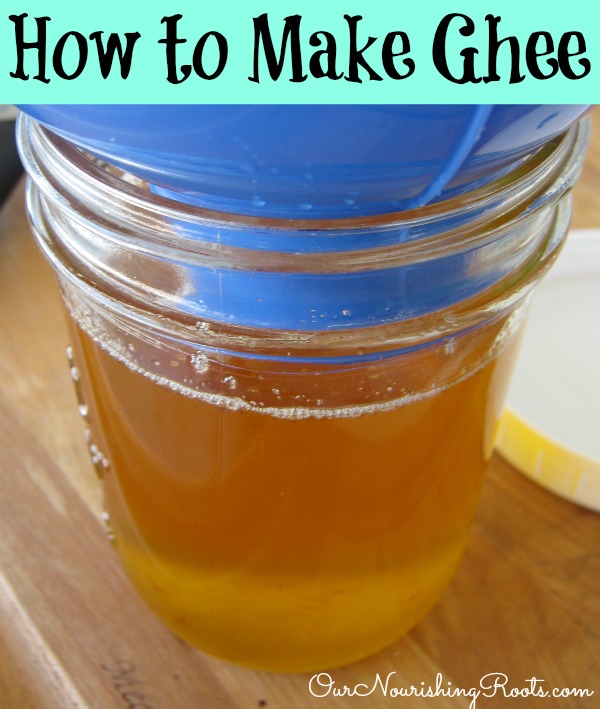
Advantages of Using Ghee
It might seem confusing at first. I mean, why would you go through the trouble of making your own ghee if you could have some delicious grass-fed butter instead?
Have you ever tried using butter for frying foods but had trouble with the butter burning when you used temperatures that were too high? Yup, that happens a lot. I remember being frustrated and just throwing away whatever I had in my frying pan just to start again from scratch and resorting to regular canola oil despite knowing it wasn’t good for me. So not only I wasted time but I also waster precious grass-fed butter that could have been utilized in different ways.
Higher Smoking Point
It is possible to fry using butter but it’s difficult due to butter’s low smoke point (only about 300 degrees Fahrenheit!). No wonder it burns so easily. But ghee, or any clarified butter for that matter, has a smoke point of a whopping 482 degrees. Higher than most vegetable oils. This makes ghee perfect for cooking at high temperatures.
Low in Lactose
Ghee doesn’t contain any whey (where lactose is) or casein protein. This means that ghee can be easily digested even by people with lactose intolerance or general sensitivity to dairy. If your stomach gets upset easily, try using ghee instead of butter for a few weeks and see if you can see any difference. If you feel better then you will know that the most probable cause of your digestion issues is dairy.
Ghee is easier on the stomach and for this reason, it is recommend that you substitute butter with ghee during your GAPS diet, or at least its introductory stage.
High in Vitamin K2
Ghee has plenty of vitamin K2 which is vital for mineral absorption. But the trick is that vitamin K2 works best when combined with vitamins A and D. So when I eat seafood (which is full of vitamin D), I always use ghee instead of butter to give myself that extra vitamin K2 boost!
To make ghee at home, you will need regular butter, an oven, and some free time. And when I say “regular butter”, I really do mean regular store-bought or pasteurized butter. Technically you could use raw butter for this but I feel like that would be wasting of raw butter’s properties.
Necessary equipment:
- a baking dish OR a French oven OR a Dutch oven
- a ladle
- a glass bowl
- a cheesecloth
- a canning funnel
- a glass jar with a lid for storage
Ingredients:
- 1 pound of butter (how to make butter)
Instructions:
- Preheat the oven to 300 degrees.
- Place the butter into your baking dish.
- Bake for an hour. You should see three separate layers once the butter is finished baking: milk solids at the bottom, butter oil in the middle, and a foamy layer on the top.
- Take your butter out of the oven.
- Carefully skim off the foamy top layer and discard it.
- Now you need to separate the middle layer (which is the actual ghee) from the solids at the bottom. You can use a ladle to skim off some of the ghee and transfer it to your glass storage jar but it is unlikely you will be able to get all of it with just this method. What I do is I set a cheesecloth over a glass bowl and put the baked butter on top of it. The solids stay on top of the cheesecloth while the liquid ghee drains into the glass bowl.
- Transfer all of the ghee in a storage jar and leave to cool at room temperature. It should gradually solidify and your ghee will be ready to use!
You can keep ghee at room temperature for several weeks but it will hold longer when in the fridge (usually about half a year). If you put it in the freezer, it will hold for one year.


